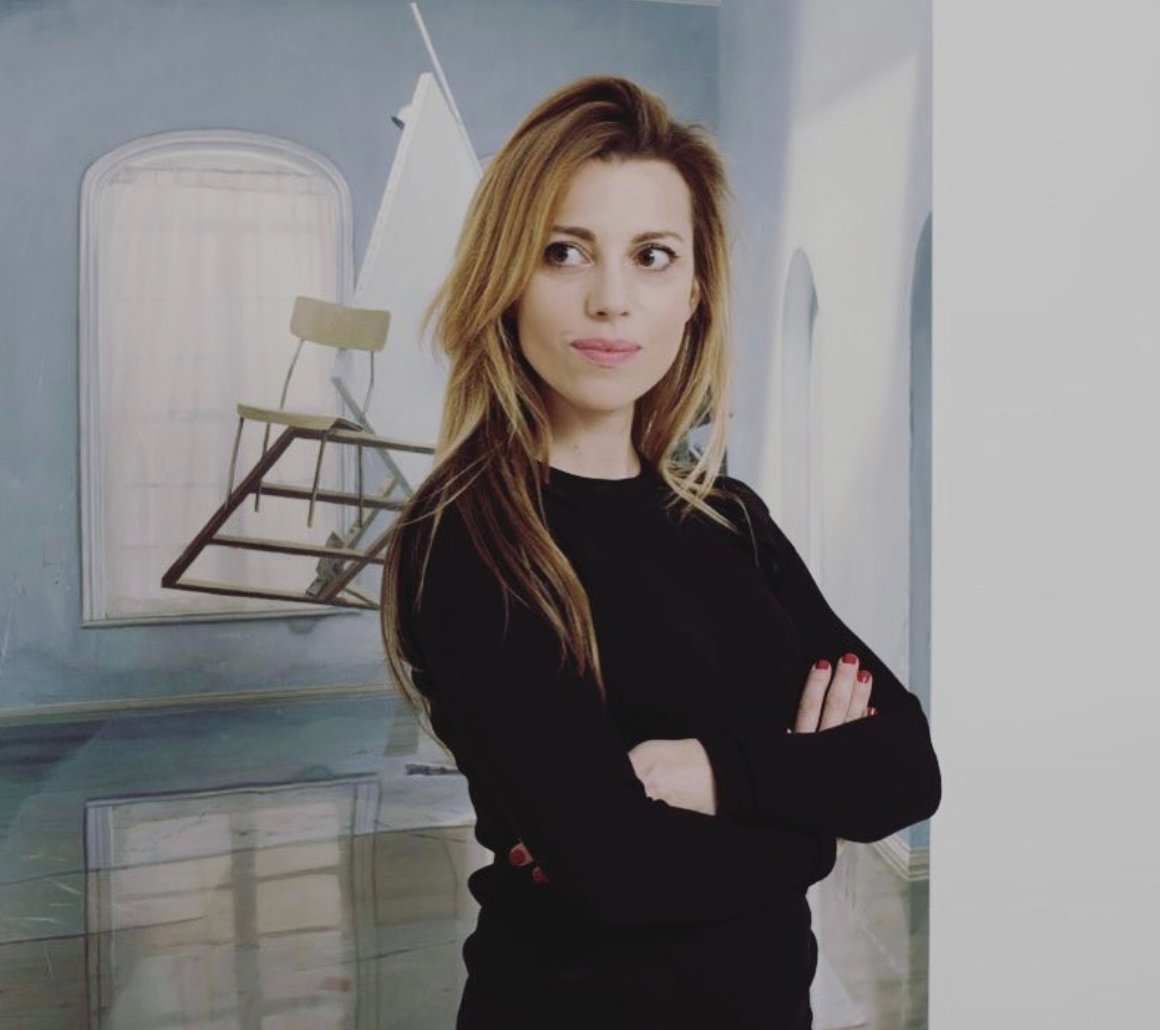ART, WHATEVER IT TAKES
Since the early pandemic in 2020, Rome Art Program has conducted a series of interviews, “Art, Whatever It Takes.”
Artists, Art Critics, and Art Historians living in Italy, the U.S., and U.K., share their insights during these powerful times.

Interview with Giulia Abate
Giulia Abate, Art connoisseur, has for many years been dedicated to supporting the Art world through the realisation of various Art projects. In 2017, she founded the Mucciaccia Gallery Project–formerly Mucciaccia Contemporary–a Contemporary Art Gallery in the historical centre of Rome that aims to give visibility to emerging artists.
Since 2018, together with her brother Riccardo, she has been managing the Claudio Abate Archive, which collects the works of the famous photographer. Since 2021 she has been the artistic director of the 21 Gallery in Villorba (Treviso). Finally, in 2022, Giulia Abate co-founded the company BAM! to promote Art on an international level, also involving the private sector.
